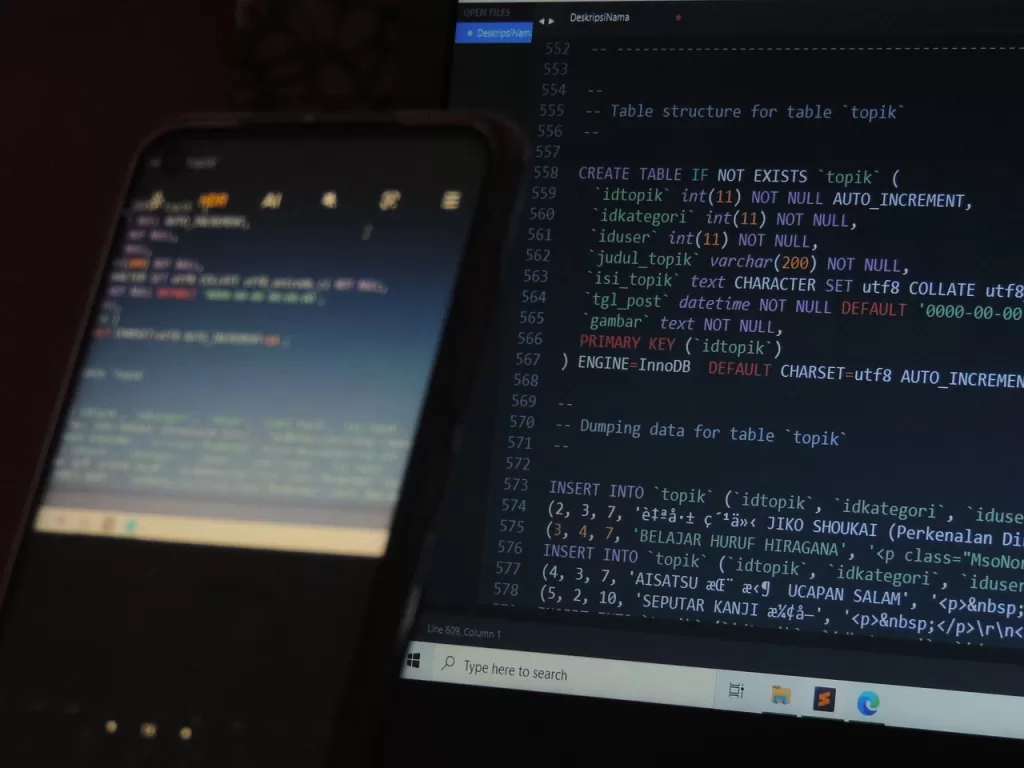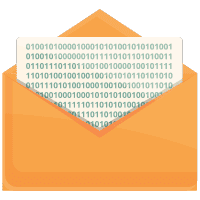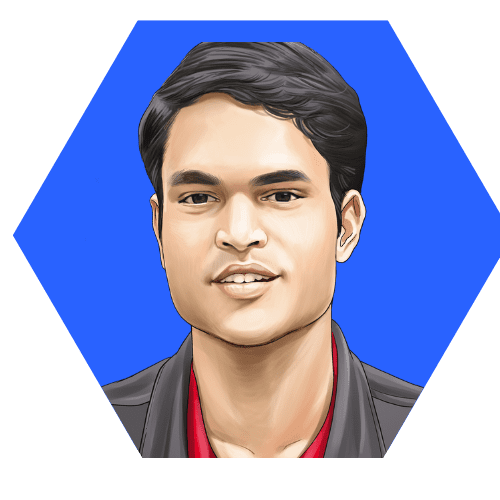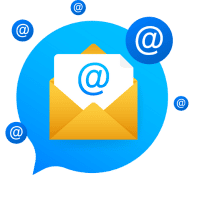Knowing how to get started with SQL can have a telling impact on your future as a developer. After all, the programming language has been used for nearly 50 years and remains the most commonly used programming language for managing relational databases.
As big data continues to play a significantly important role, SQL coding can be the driving force that helps you land better job offers or win more clients. Here’s how you can get started in just 7 simple steps.

Step One: Download SQL Express
You need a platform to practice coding. SQL Express is a free version of the SQL Server that provides the ultimate environment for practicing as a beginner. It can be used to develop and power desktop, web & small server apps or be used for redistribution by ISVs.
As well as providing the perfect solution as you practice your skills, it is more than capable of handling lightweight applications.
Step Two: Get a Graphical Data Interface
As well as having the coding environment, you will need a graphical data interface. SQL Server Management Studio (SSMS) is the most commonly selected solution. It can be used in the cloud as well as on a local device to query, design, and manage databases.
The graphical data interface will make it easier to navigate your way through database management, especially as a beginner, and can also be used with;
- Azure SQL databases,
- Azure SQL Managed Instances,
- Azure Synapse Analytics,
- SQL Endpoint in Fabric,
- Warehouse in Fabric.
Step Three: Build a Foundation of Basic Knowledge
With the right tools in place, the next step on the road of how to get started with SQL is to understand the basic queries that can be completed. One of the most basic solutions is to find data from columns using ‘Select’ and ‘From’. In this case, it will read “SELECT [column name] FROM [database name];”
There are a host of other simple queries that can help you as a beginner. You should know;
- How they are written,
- When they should be used,
- What they do.
Step Four: Master Basic SQL Syntax
Building upon the basic knowledge of simple queries, you should familiarize yourself with the basic SQL syntax. There are plenty of cheat sheets that you can keep by your side in the early days of using SQL. Over time, though, the goal should be to know how queries are written off by heart.
Your commitment to learning the syntax should extend to;
- Querying single tables,
- Querying multiple tables,
- Aliases,
- Subqueries,
- Aggregation,
- Set operations.
Step Five: Take Courses
A little self-taught education will set you up nicely for a career in SQL data management. Still, when wanting to know how to get started with SQL, it’s best to undertake professional learning. Aside from developing your skills, it will equip you with the qualifications to stand out from the crowd when subsequently seeking a job or trying to win clients.
The above foundation of basic knowledge should give you the best hope of progressing through the material quickly. Some of the best outlets for finding courses are;
- Treehouse – basic SQL course,
- Knowledge Academy – SQL database certification,
- Code Academy – learn SQL.
Step Six: Develop Your Niche
Understanding how to get started with SQL and utilize data queries effectively is one thing. However, to make a career in SQL, you must actively turn this knowledge into a practical use that can support the businesses you work for.
SQL experts can use it to achieve many things. Some of the most popular niches are;
- Marketing,
- Healthcare,
- Web Development,
- Data Science,
- Business Analytics.
Step Seven: Practice and Optimize
Your journey with SQL will be heavily influenced by ongoing growth. To become a better SQL expert, you should develop winning practices. You can do this by;
- Using the ‘Limit’ clause,
- Optimizing join tables,
- Using indexes to streamline data retrieval.
Conclusion
SQL has been used for nearly half a century and continues to be one of the most important programming languages used by companies across multiple industries. Whether launching a career in this field or looking to add more strings to your bow, now is the time to start.




